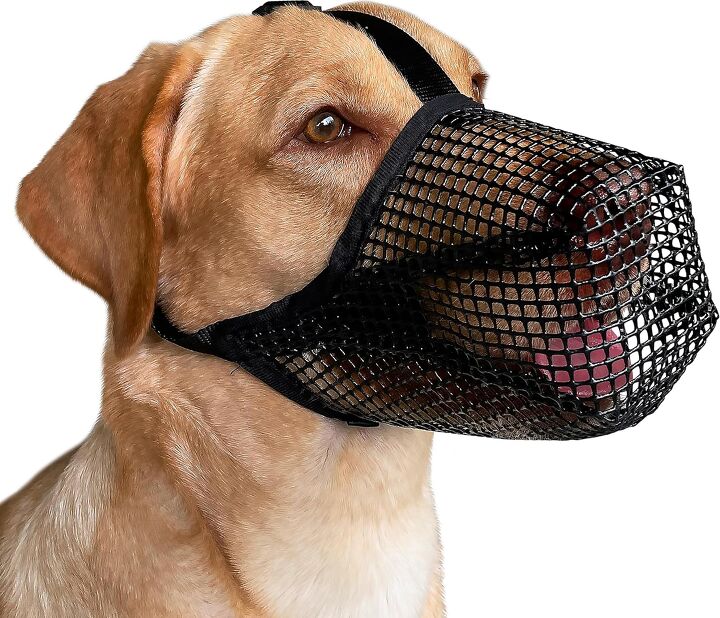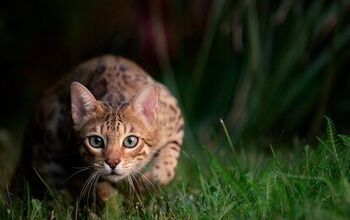Which Spring Flowers Are Toxic to Dogs?

Springtime is such a joyful time of the year. The harsh and gloomy winter days are finally over, and nature is awakening – the sun is shining, trees are blooming, and life erupts all over again. But that doesn’t mean that there are no downsides to this season. From spring allergies to spring shedding, there are also quite a few things that don’t spark joy when spring comes. One of those unexpected things that become a downside of spring when you’re a dog is flowers. Yup. Those gorgeous, lush-smelling blooms that appear in the spring can pose a threat to your dog, as many spring flowers are toxic to our canine friends.
So without further ado, let’s see which of these pretty, colorful flowers are potentially dangerous for dogs – so you’ll know exactly which of them to avoid planting in your garden or putting in a vase.
Which Spring Flowers Are Toxic to Dogs?
As we all know, dogs are inquisitive and love to nibble and sniff all sorts of odd things, flowers included. This is why you should be vigilant in the spring when many potentially toxic plant varieties are in season. Keep an eye out for the following flowers when walking your pet out and about or when picking out seeds for your flower beds!
Daffodils
Yellow and endlessly beautiful, daffodils are also very dangerous. All parts of this plant, especially the colorful bulb, are toxic to dogs. They contain toxic alkaloids, and they can cause diarrhea, vomiting, abdominal pain, and even cardiac arrhythmias or respiratory distress if ingested in large amounts. So, whenever you spot these yellow flowers, steer clear of them.
Tulips
Loved across the world for their pretty looks, tulips are sadly dangerous to doggos. They contain toxins called tulipalin A and B, which are found in greatest quantities in the bulb. Tulipalin is a big allergen and will cause a variety of reactions, including severe rash and contact dermatitis. Ingesting tulips can lead to gastrointestinal upset, drooling, loss of appetite, and in severe cases, difficulty breathing or convulsions.
Hyacinths
These lovely flowers seem inconspicuous and innocent at first glance, but don’t be fooled. Hyacinth bulbs contain similar toxins to tulips, and doggos shouldn’t ingest them in any amount. If they do, they risk gastrointestinal irritation, drooling, vomiting, diarrhea, and in severe cases, difficulty breathing or tremors. So many threats from such a small flower!
Lilies
Some types of lilies, particularly Easter lilies, are known to be highly toxic to cats. And research showed that they can also cause health issues in dogs if ingested. Ingestion can potentially lead to kidney failure, vomiting, lethargy, and loss of appetite. Lilies are quite common, so always be careful when you spot them.
Crocuses
A crocus looks so lovely when it blooms, sprouting in green fields. But it is a toxic flower for dogs. Crocuses bloom in spring and autumn, and they are always dangerous if ingested. The most common reaction is major gastrointestinal upset. The autumn crocus version is more toxic and can lead to severe poisoning, including organ damage or failure, seizures, and even death.
Foxglove
Foxglove is one of the loveliest spring flowers out there, but its lovely looks hide a dangerous secret. This flower contains cardiac glycosides, and if ingested they can cause irregular heart rhythm, weakness, vomiting, diarrhea, and potentially cardiac arrest and death.
Preventing and Treating Spring Flower Poisoning in Dogs
You should always be careful around colorful flowers in the outdoors, and take care that your pet avoids them as well. If you know that your dog is too inquisitive and naughty, then consider investing in a protective dog muzzle. It will prevent your dog from nibbling and sniffing on dangerous flowers and it’s still comfy and breathable thanks to innovative mesh design.
Additionally, if your dog still manages to nibble on a flower, don’t hesitate to contact your vet as soon as possible. If it happens to be harmless, great, you wasted a phone call – but if it’s not, every minute counts, and early intervention can help save your pet from a more severe reaction. Similarly, for potential toxin exposure and other emergency cases, it pays to have a dedicated first aid kit for your four-legged best friend. Sometimes it’s those first reactions at home before taking your pet to a vet that make the biggest difference in the eventual outcome.
Most premade first aid kits for dogs are well-stocked for injuries such as cuts, insect stings, burns, and similar, but don’t contain anything that could be used as first aid in case of potential poisoning. That’s why it’s a good idea to buy additional items separately and add them to your kit, such as wet wipes for removing contact toxins from the skin or 3% hydrogen for inducing vomiting (which should only be used if instructed to do so by a veterinarian).

A proud mama to seven dogs and ten cats, Angela spends her days writing for her fellow pet parents and pampering her furballs, all of whom are rescues. When she's not gushing over her adorable cats or playing with her dogs, she can be found curled up with a good fantasy book.
More by Angela Vuckovic































